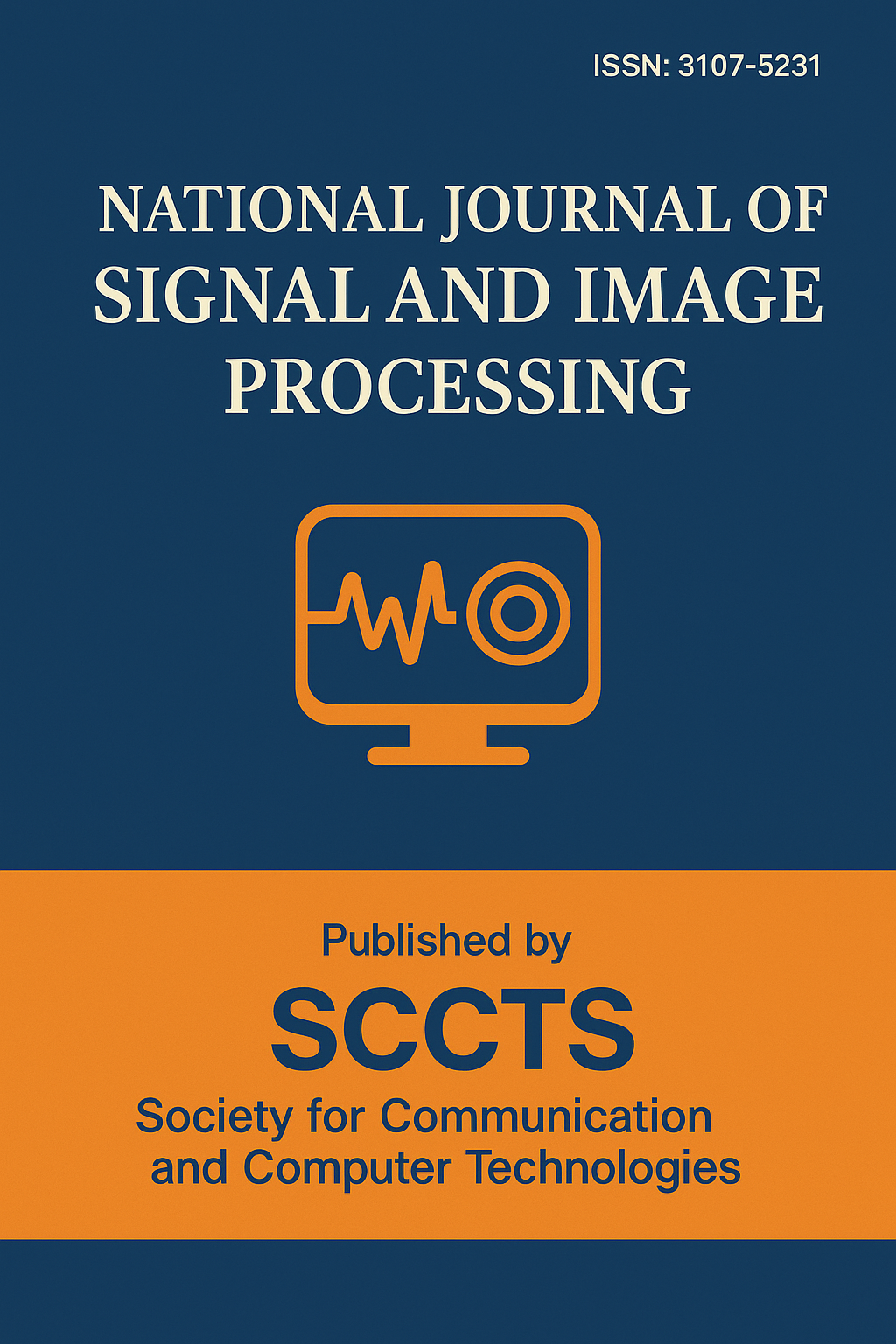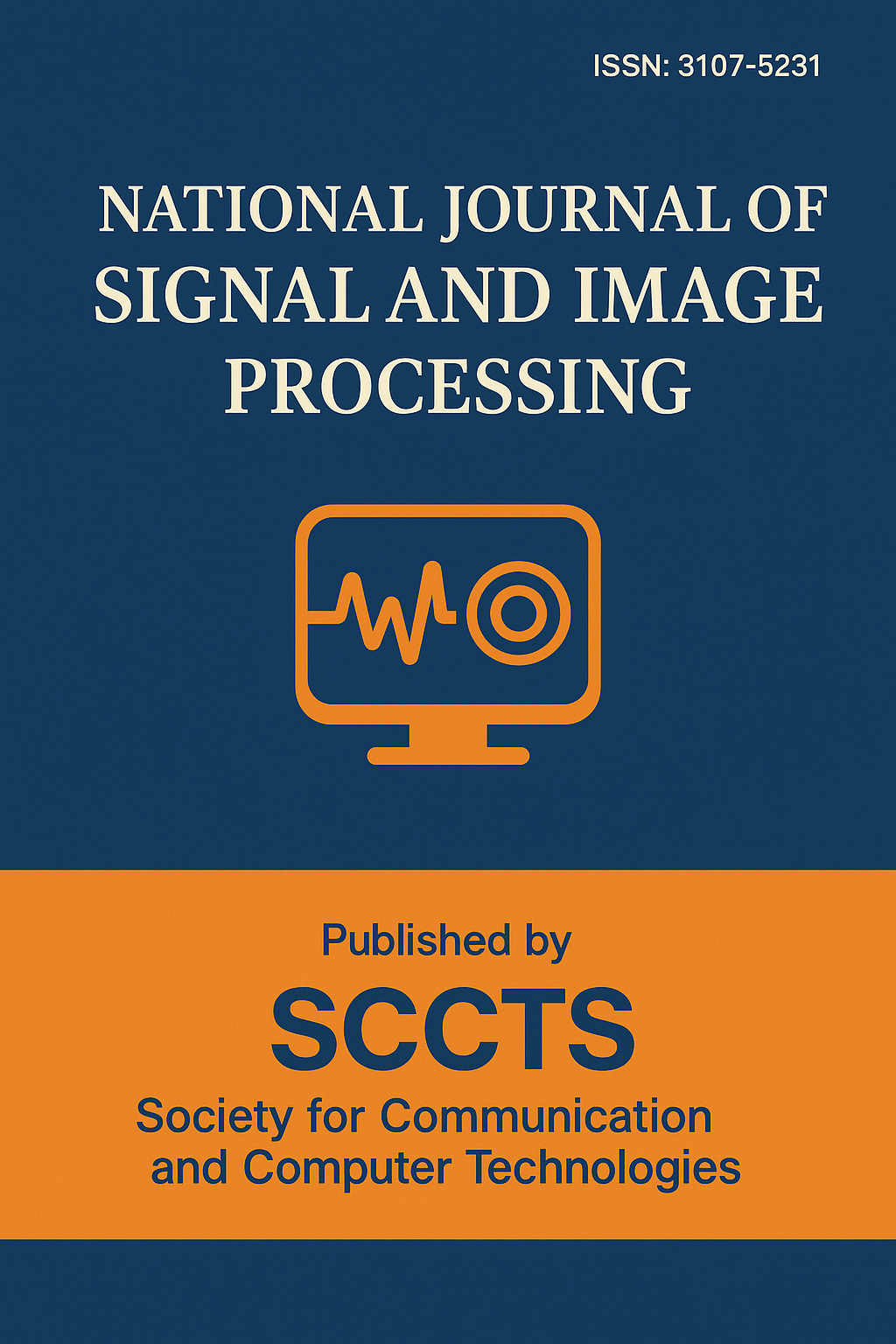A Sparse Representation and Dictionary Learning Framework for Real-Time EEG Artifact Removal in Mobile Brain Imaging
DOI:
https://doi.org/10.17051/NJSIP/01.02.01Keywords:
EEG artifact removal, sparse representation, dictionary learning, adaptive filtering, real-time signal processing, embedded systems, mobile brain imaging, brain–computer interface.Abstract
MoBI Technologies offer the opportunity to record electroencephalography (EEG) in naturalistic, unconstrained conditions; still, the application of these technologies is limited by extreme signal contamination due to ocular, muscular and motion artifacts and environmental noise. These artifacts are superimposed on areas of neural frequencies and hence the removal of these frequencies without altering brain signals is an ongoing challenge especially in mobile platforms with limited resources during real-time processing. The paper will describe a new latency-tradeoff and signal processing framework, based on sparse representation, adaptive learned dictionaries and statistical artifacts classification, that can perform efficient, real-time artifact removal in MoBI applications. The method is a union between high performance adaptive filtering and sparse coding with system optimization to operate as an embedded system. Through the proposed method, there is segmentation and decomposition of incoming EEG streams into overlapping windows into a combination of sparse coefficient vectors based on the Orthogonal Matching Pursuit (OMP) performed in adaptively trained overcomplete dictionary. The dictionary is online-subsequently updated utilizing a low computational burden K-SVD variant ensuring renewing EEG structures and atom specializing to artifacts founded on the statistical properties e.g. kurtosis, variance, and correlation with reference EOG/EMG channels. There is selective attenuation of artifact coefficients which can reconstruct the clean EEG signals with minimal distortion. It was examined with publicly available Mobile Brain/Body Imaging data dealing with walking, cycling, and virtual reality trials. Compared to Independent Component Analysis (ICA), wavelet thresholding and regression-based methods, the proposed approach provided an average SNR gain of 6.8 dB, 94.5 percent ERP peak retention and 47 ms latency per 500 ms window runtime on an ARM Cortex-A53 embedded platform with less than 40 percent CPU resource utilisation. These findings validate the technique as applicable to non-stop, real-on-device EEG artifact suppression, in real-time removing the need to use brain computing interface (BCI) and neurofeedback in real, portable conditions. The suggested framework falls in between the high-fidelity EEG denoising and embedded mobility and provides a scalable solution to next-generation mobile neurotechnology.






